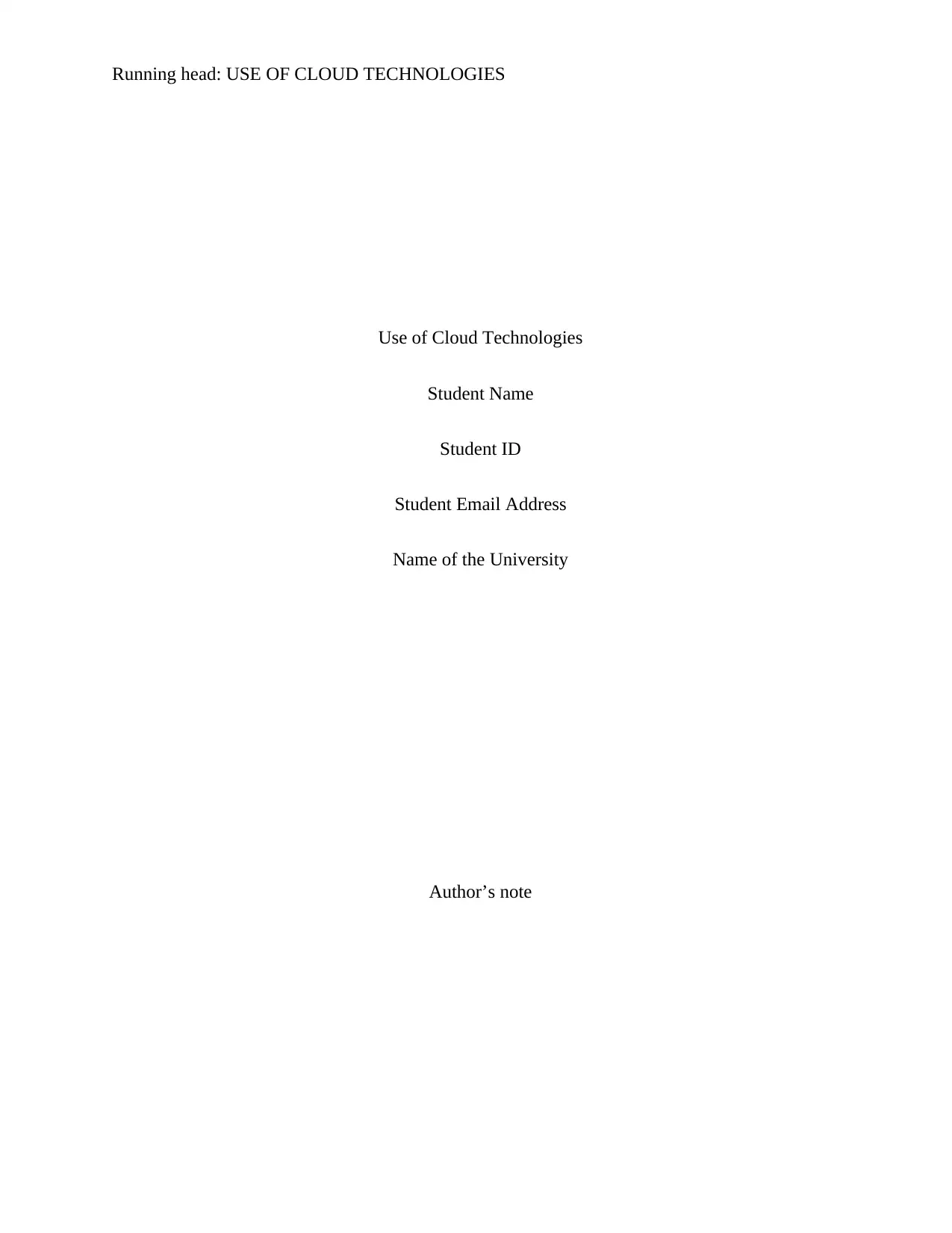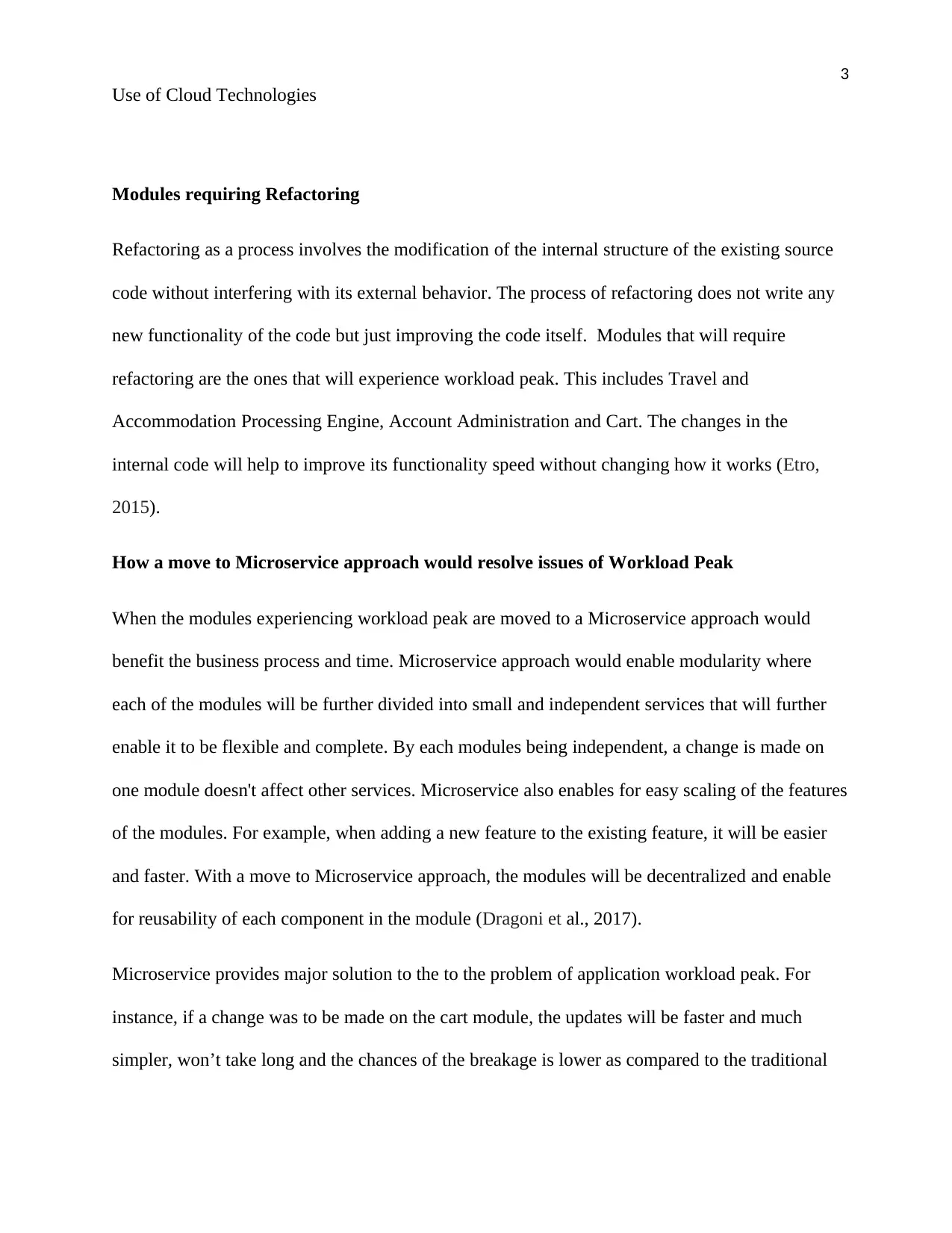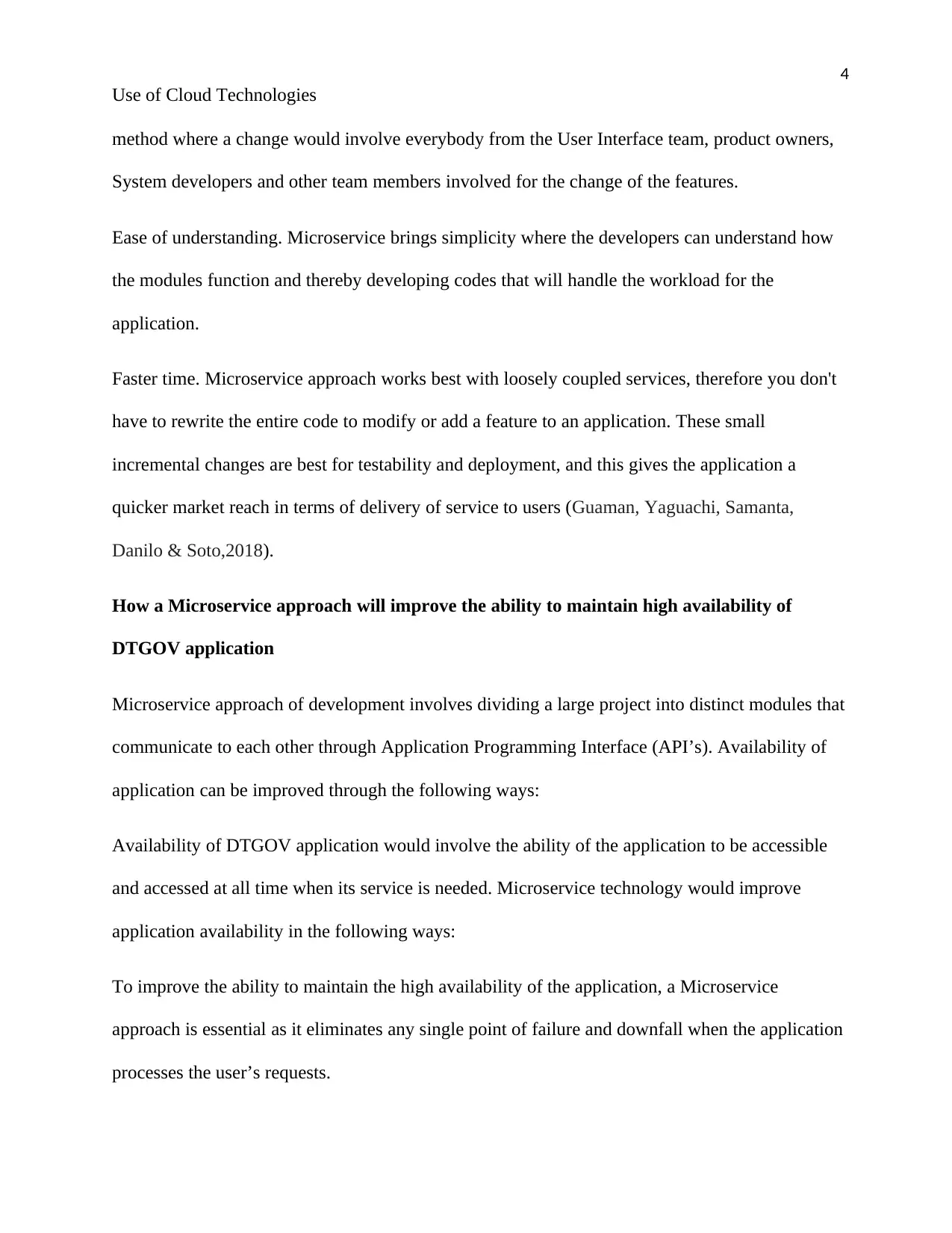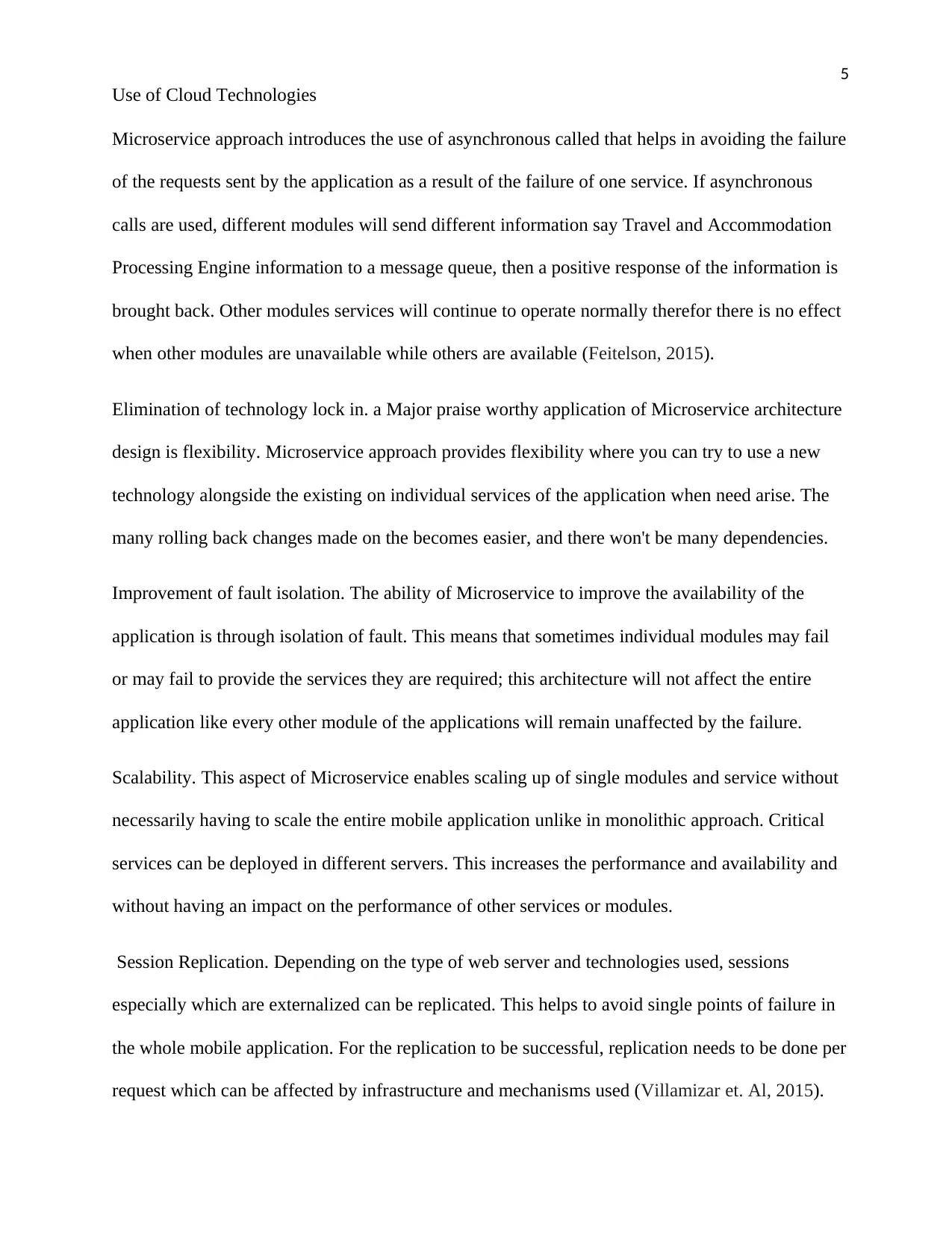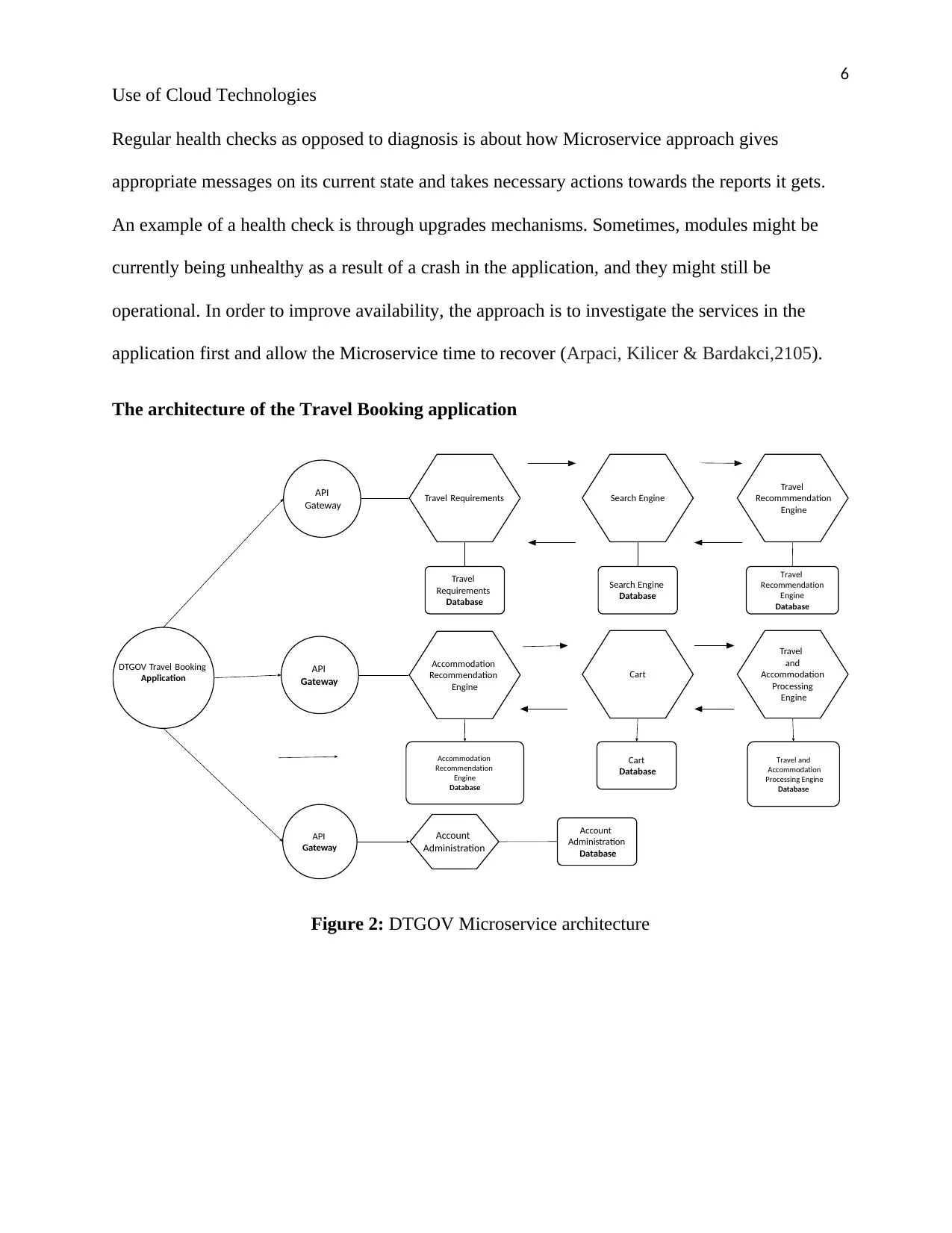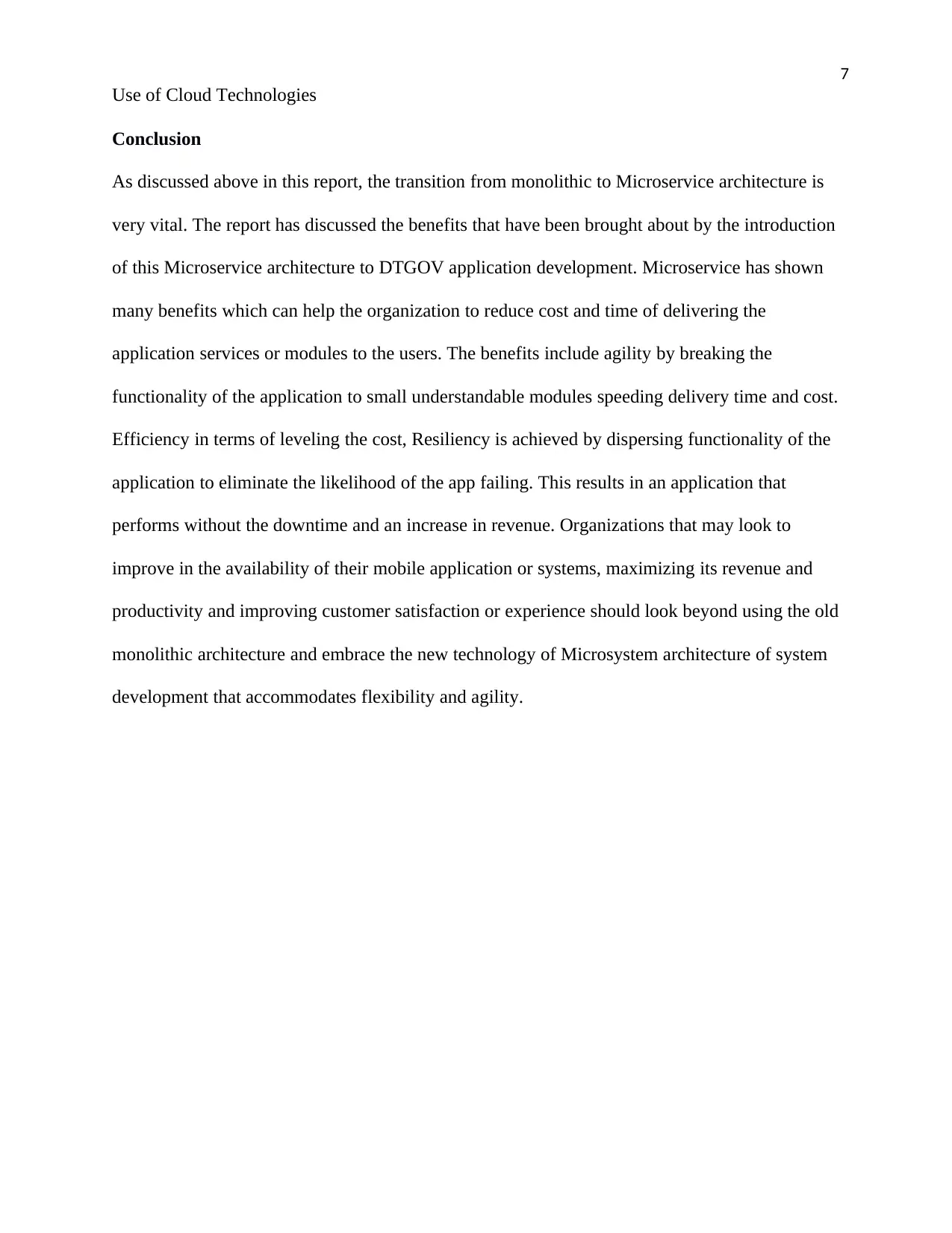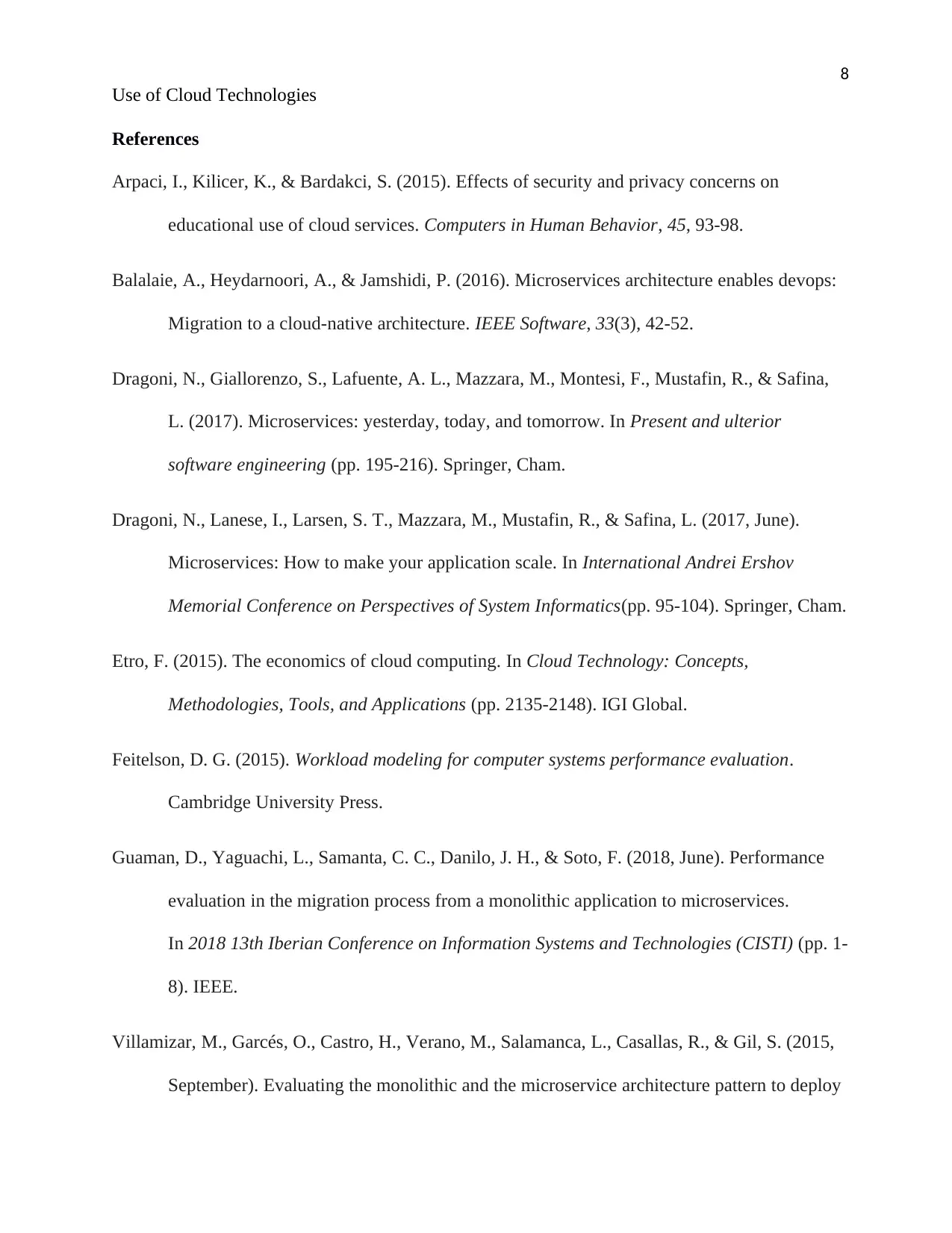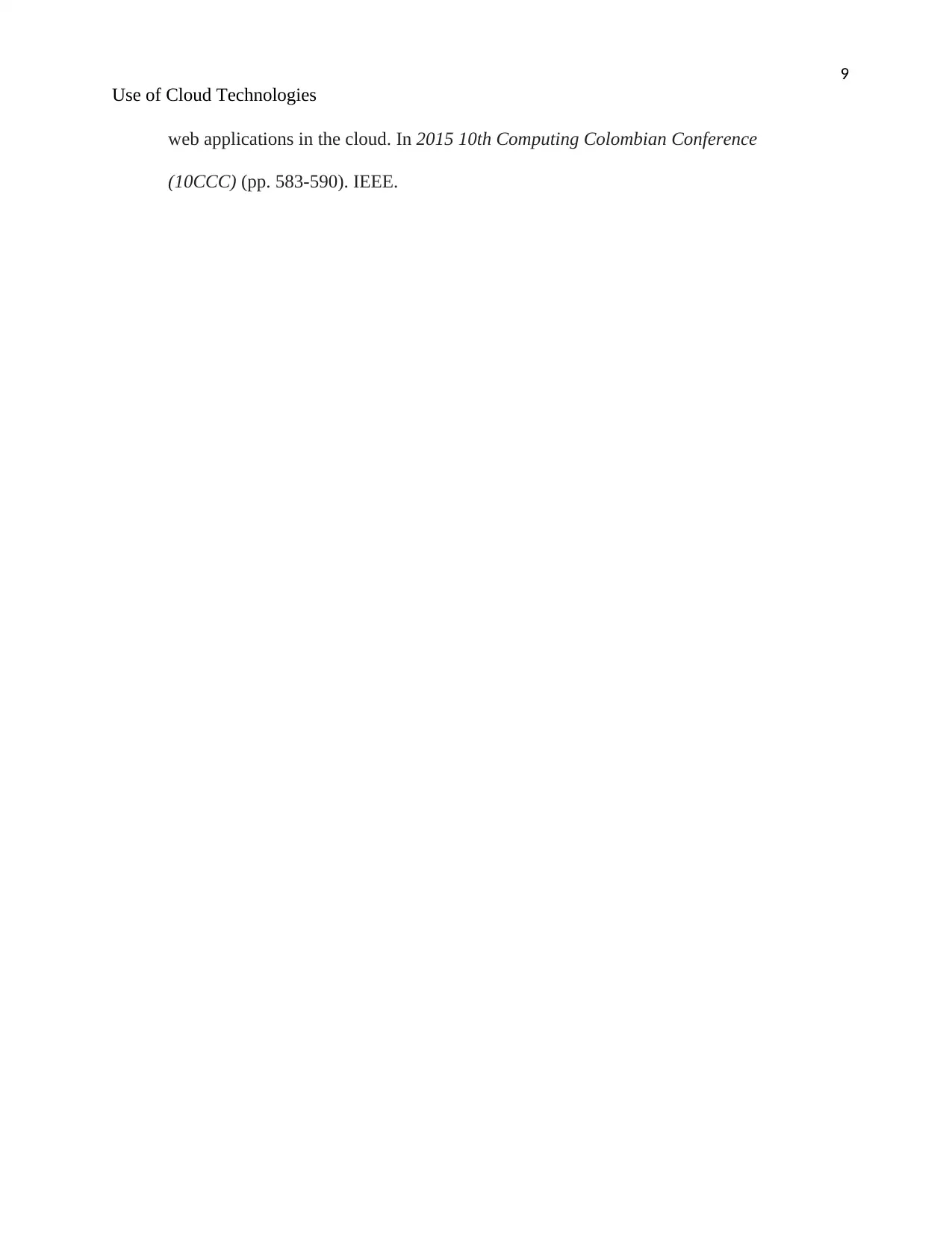The use of cloud technology in the recent age has evolved with much information shared on the cloud using physical computers and mobile phones. The cloud has been praised for so many of its advantages to its users as compared to computers themselves. With Cloud becoming limitless, cloud computing is now the technology that enables individuals and companies to share information, software and other resources over the network called the internet. The use of Cloud technology has been credited with for its fast access to information, greater flexibility, availability and optimal utilization of resources. This report will investigate, inform and advise the technical users of DTGOV of the aspects associated with the use of cloud technologies including Microservice.
![[object Object]](/_next/static/media/star-bottom.7253800d.svg)
![[object Object]](/_next/static/media/star-bottom.7253800d.svg)
